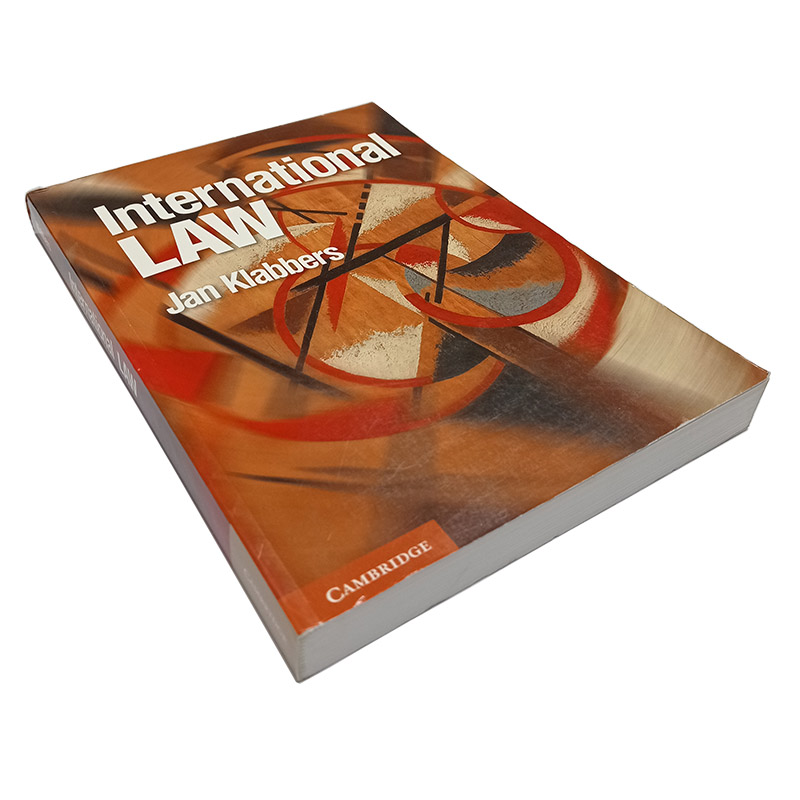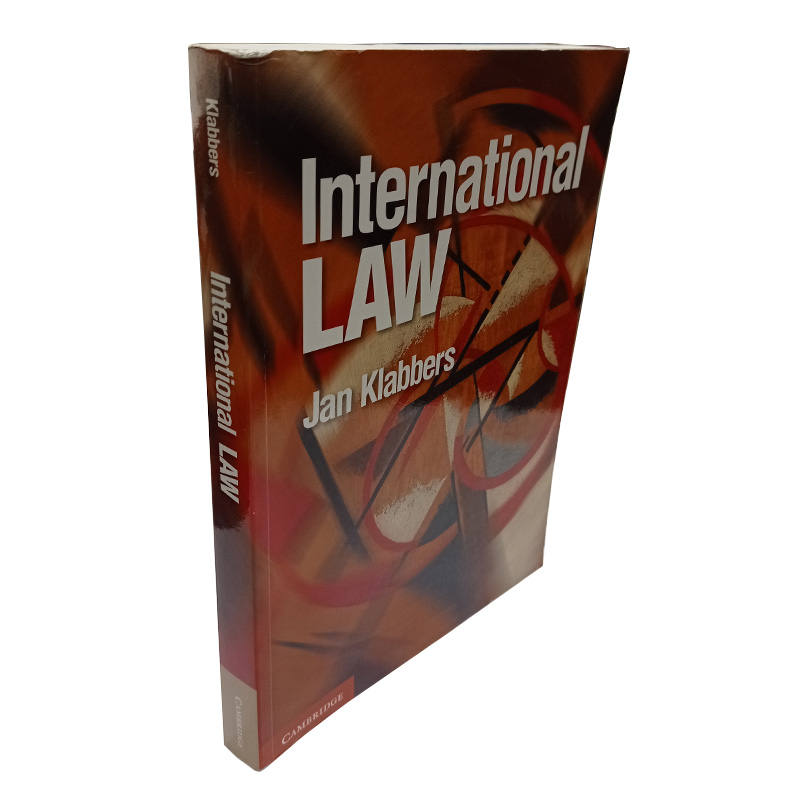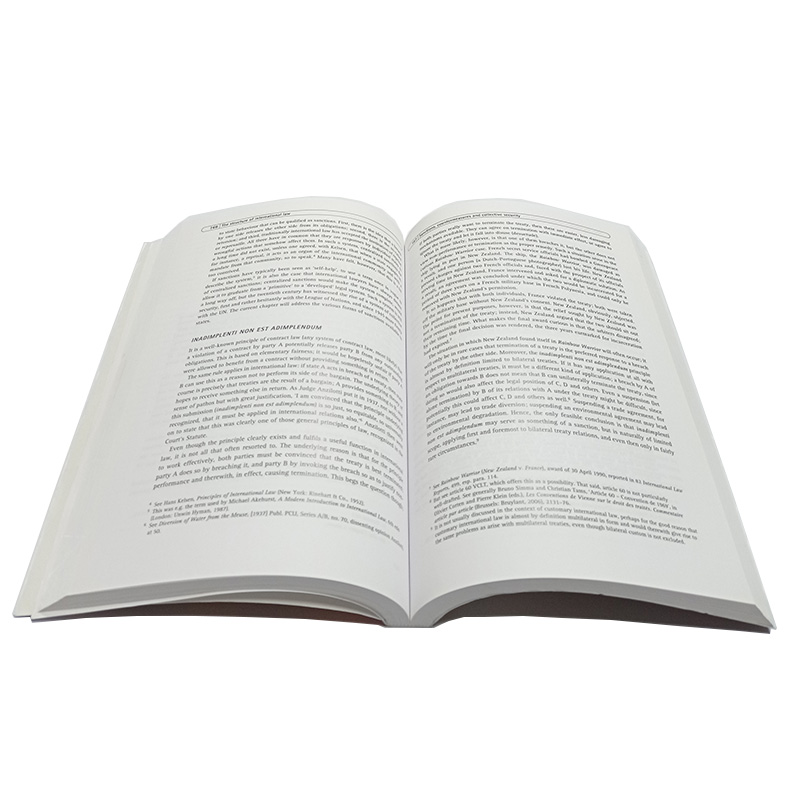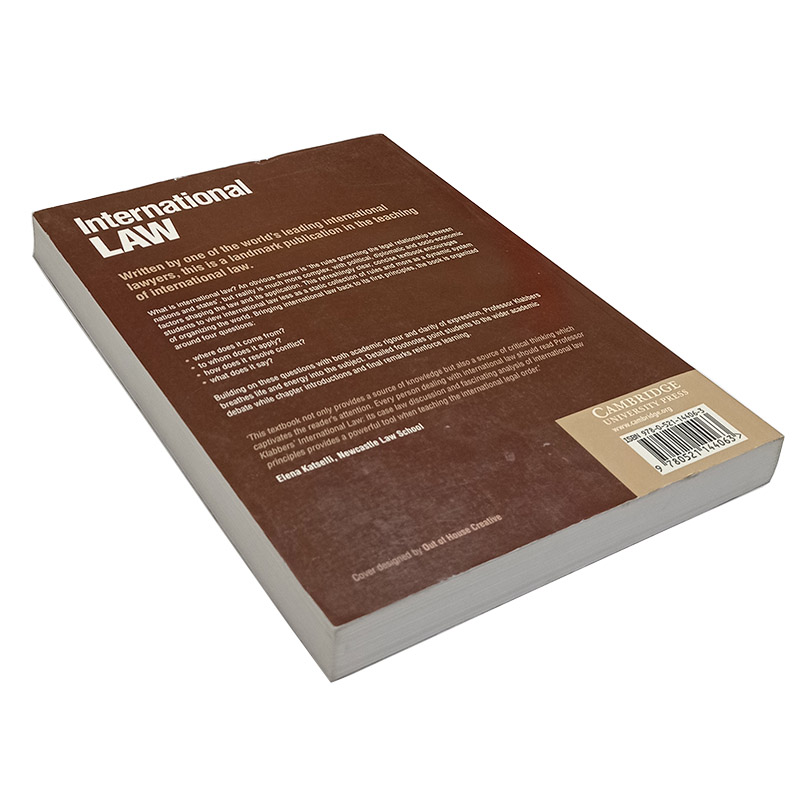Опис
Preface
This book has been a long time in the making. While the actual writing started in 2009 and took place, intermittently, until May 2012, the book reflects more than twenty years of teaching international law. The basic premise underlying it is that international law should not be studied as a vast and ever-increasing collection of rules, but is better approached as a way of thinking about and organizing the world. With that in mind, like all legal systems the international legal order can profitably be studied by asking four questions. First, there is the question of where the law comes from: what are its sources? Second, to what entities or individuals does the law apply or, in other words, what are its subjects? Third, what does the law do in cases of conflict (i.e. settlement), and finally, what does the law actually say? What is its substance?
This book is organized with those four questions in mind. The first three, together pointing to the basic structure of the system, make up Part I of this book (Chapters 1-9): sources, subjects and settlement, broadly conceived. This is the stuff all international lawyers (probably even all lawyers, in these days of globalization) will sooner or later be confronted with; all lawyers need to have some idea of how international law is made, in what circumstances states can be held responsible, how international tribunals function and whether or not specific entities are subject to international law.
The fourth question, asking about the substantive rules, makes up Part II (Chapters 10-15). It will be noticed that Part I is longer and more analytical than Part n. This is only natural: the most Part II can aspire to is to provide a basic description of the various branches of international law, without much detail. After all, international law spans, quite literally, the world, as well as most of the policy issues that one can think of. There is international law on topics as wide and diverse as international crime, international investment, international taxation, the movement of refugees, the protection of the environment and much, much more. Hence, a book such as this, limited in scope, can only cover the basics. Fortunately though, there are wide bodies of literature available, as the footnotes testify, and for those who want more detailed generalist expositions there are at least three useful larger and more detailed general textbooks on the market. The interested reader could do worse than to pick one of these to read alongside the present book.1
While Parts I and II cover the four questions set out above (sources, subjects, settlement and substance), the book does not stop after Part II. It also contains a, fairly brief, Part III (Chapters 16 and 17), addressing the context of international law. This addresses the circumstance that international law does not exist in a vacuum, but is closely related, on the one hand, to national legal systems (discussed in Chapter 16) and, on the other hand, to global governance, politics and ethics (discussed in Chapter 17). As Joseph Weiler once suggested during a round-table discussion at New York University, present-day textbooks on international law should ideally reflect the circumstance that international law is part of a broader pattern of global governance, and not stick to describing a stilted world where all legally relevant rules are made by duly empowered diplomats, representing sovereign states. In Weiler’s words, global governance ‘is a coloring agent that suddenly illuminates phenomena that, under the normal spectacle of international law, you didn’t see’.2 This book hopes to reflect the two ideas that international law is of relevance to global governance, but sometimes struggles to come to terms with it. However, the format of this book does not allow for an in-depth discussion of the political context of international law: Part in remains necessarily brief. Readers with an interest in these matters may be well advised to read this book alongside a recent collection of articles edited by Crawford and Koskenniemi.3
This is a textbook on international law, and this simple fact has at least two important implications. First, since the aim is to outline the international legal order, the book is not set up as a commentary on current events. I accept that the reader may wish to see how the law is applied to specific events, and where possible this has been done, but without singling out specifically current events. Such comments on current events as there are serve purely illustrative purposes, if only because current events tend to have a limited shelf-life; what is current today may be forgotten tomorrow.
Second, this is a book on international law, and while there is room for the argument that the EU is part of international law, it does not address the EU separately, except where the practice of the EU is of relevance. Thus, there are fragments on the treaty practice of the EU, and a few paragraphs on the attitude of the EU to international law, but no detailed discussion of EU law, if only because others are far better qualified to discuss the EU than I am.4
1 James Crawford, Brownlie’s Principles of Public International Law, 8th edn (Oxford University Press, 2012); Malcolm Evans (ed.), International Law, 3rd edn (Oxford University Press, 2010); and Malcolm Shaw, International Law, 6th edn (Cambridge University Press, 2008).
2 See Jose E. Alvarez et al., ‘The Shape of Global Governance’ (2010) NYU Law School Magazine, 22-9, also available at http://blogs.law.nyu.edu/magazine/2010/roundtable-global-govemance/ (visited 25 May 2012).
3 See James Crawford and Martti Koskenniemi (eds.), The Cambridge Companion to International Law (Cambridge University Press, 2012).
4 The best general overview available is Paul Craig and Grainne de Biirca, EU Law: Text, Cases, and Materials, 5th edn (Oxford University Press, 2011).
Finally, a note on sources. I have generally refrained from listing the specific places where treaties or other instruments can he found, for the solid reason that these instruments are easier to find these days by a quick internet search than by going through the volumes of the United Nations Treaty Series (UNTS) or any domestic treaty series. However, most of the important treaties referred to in this book are available in a single collection.5 With court decisions, I have generally aimed at listing a material source. With International Court of Justice (1CJ) decisions, this has been the ICJ Reports; with other cases, this has often (if not invariably) been the invaluable International Law Reports or its predecessor, the Annual Digest. Decisions of the European Court of Human Rights (ECtHR), moreover, are far more easily accessible on the Court’s website6 than in any published form.
Since this book is the product of more than twenty years of teaching, the number of people to whom I have become indebted is way too large to be listed. Still, a few need to be singled out. The late Bert Vierdag gave me my first official teaching job in 1990, at the University of Amsterdam. Martti Koskenniemi brought me to Helsinki six years later, and has been and remains a close friend and an immense influence. I have benefited from having some extremely good teachers, including Gerd Junne, Pieter Jan Kuijper and Richard Lauwaars, and my approach to international law and the global order reflects their influences. Not only did they teach me properly about international law and international politics, they also taught by example about good teaching. And then there is the influence of more than twenty generations of students, at Amsterdam, Helsinki and a variety of other places.
Many colleagues suggested things to read; I owe all of them a big ‘thank you’. Antti Kivivuori and Alice Neffe provided me with specific materials. I am heavily indebted to Magda Kmak and Rain Liivoja, who read some of the draft chapters and provided useful comments, as did several anonymous reviewers for Cambridge University Press. Working with the Press has been, as always, a delight, thanks to the wonderful support offered by Finola O’Sullivan and Sinead Moloney. This book is dedicated to my wife Margareta and my children, Johan and Gilda.
5 See Malcolm D. Evans (ed.), Blackstone’s International Law Documents, 10th edn (Oxford University Press, 2011).
6 At www.echr.coe.int/echr/.







Відгуки
Відгуків немає, поки що.